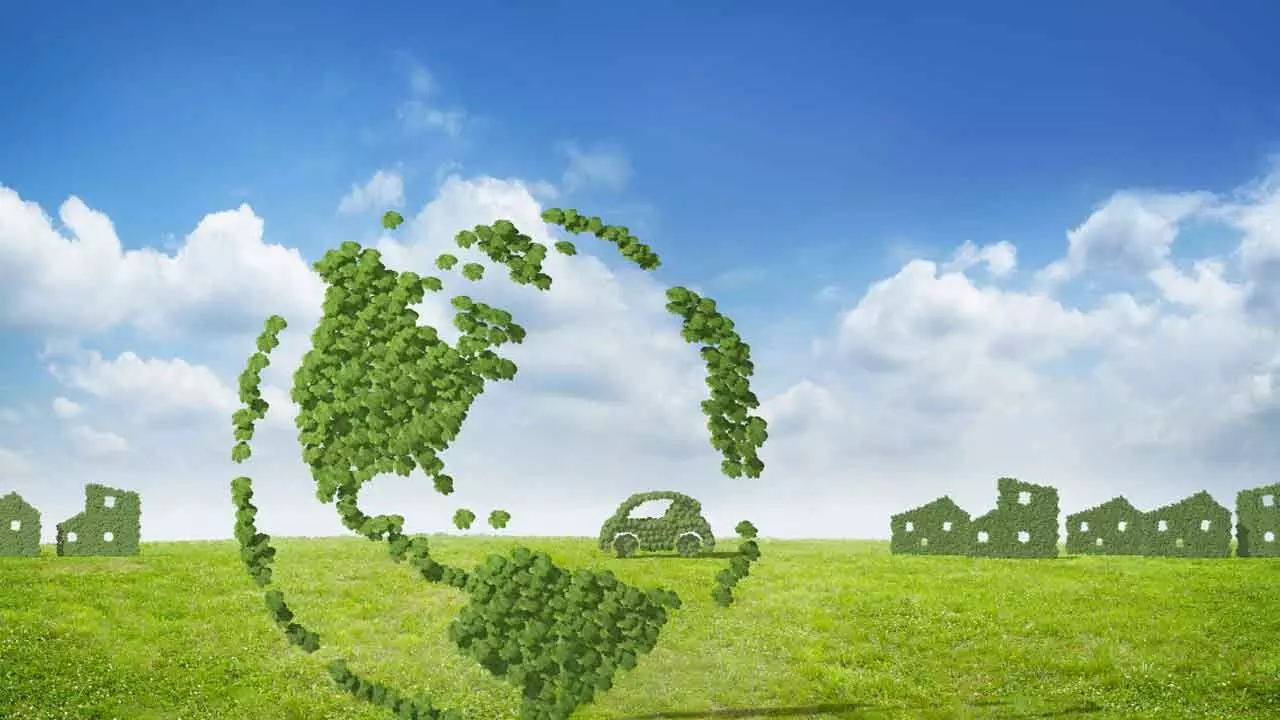All Nations, Including India, Must Go All-Out To Meet Global Energy Targets
All Nations, Including India, Must Go All-Out To Meet Global Energy Targets

In order to achieve global energy targets, there is a compelling need to triple the annual global clean energy innovative investment to $4 trillion by 2030. The IEA projects that millions of jobs would be created and universal access to electricity and clean cooking technologies would be attainable by the end of 2030. Solar energy has long been hailed as a clean and abundant source of power. Recent innovations have furthered this perception, while making solar energy more accessible and efficient than ever. Bifacial solar panels capture sunlight from both sides, increasing energy output by up to 30 per cent. Additionally, perovskite solar cells offer a low-cost alternative to traditional silicon cells, with the potential to revolutionise the market. These advancements are helping people to harness the power of the sun and thereby reducing reliance on fossil fuels. Furthermore, solar farms are sprouting up worldwide, with vast stretches of land being transformed into energy-producing hubs. Hydropower has been a staple of renewable energy for decades. Recent innovations are breathing new life into this age-old technology. Small-scale hydropower systems, for instance, offer a sustainable solution for remote communities.
These systems can be installed in rivers and streams, providing clean energy without the need for large dams. Moreover, pumped-storage hydropower is gaining attention as a means of storing excess energy generated by other renewable sources. By using surplus electricity to pump water uphill, these systems can release stored energy when demand is high. This flexibility makes hydropower an essential component of a balanced energy grid, capable of adapting to fluctuating needs. Hydropower has been a staple of renewable energy for decades, providing a reliable source of electricity for millions. Lithium-ion batteries have become a popular choice for energy storage, thanks to their efficiency and declining costs. However, new technologies are emerging that promise to revolutionize energy storage. Flow batteries, for example, offer longer-lasting storage capabilities, while solid-state batteries promise greater safety and energy density. As these technologies continue to develop, energy storage will play an increasingly important role in the renewable revolution, enabling a more stable and reliable energy grid. India is making rapid strides toward cleaner, more sustainable energy solutions.
With the Ethanol Blended Petrol (EBP) programme, the country is reducing its dependence on crude oil imports and emerging as a global leader in biofuels. Initially setting a target of 20 per cent ethanol blending in petrol by 2030, India has accelerated its efforts and aims to achieve this milestone by 2025. To meet the 20 per cent blending target by 2025, India requires approximately 1,016 crore litres of ethanol, with an overall production capacity of 1,700 crore litres. With strategic policy interventions, increased infrastructure investments, and global collaborations, India is on track to achieve this goal. While its ethanol production was historically dependent on sugarcane, the focus has shifted to grain-based ethanol to ensure a steady and diversified supply. Ethanol procurement from grain-based sources under the EBP programme increased from 9.51 crore litres in ESY 2018-19 to 70.21 crore litres in ESY 2021-22. By 2023-24, grain-based ethanol accounted for 51% of total ethanol procurement, with maize alone contributing 110.87 crore litres.

